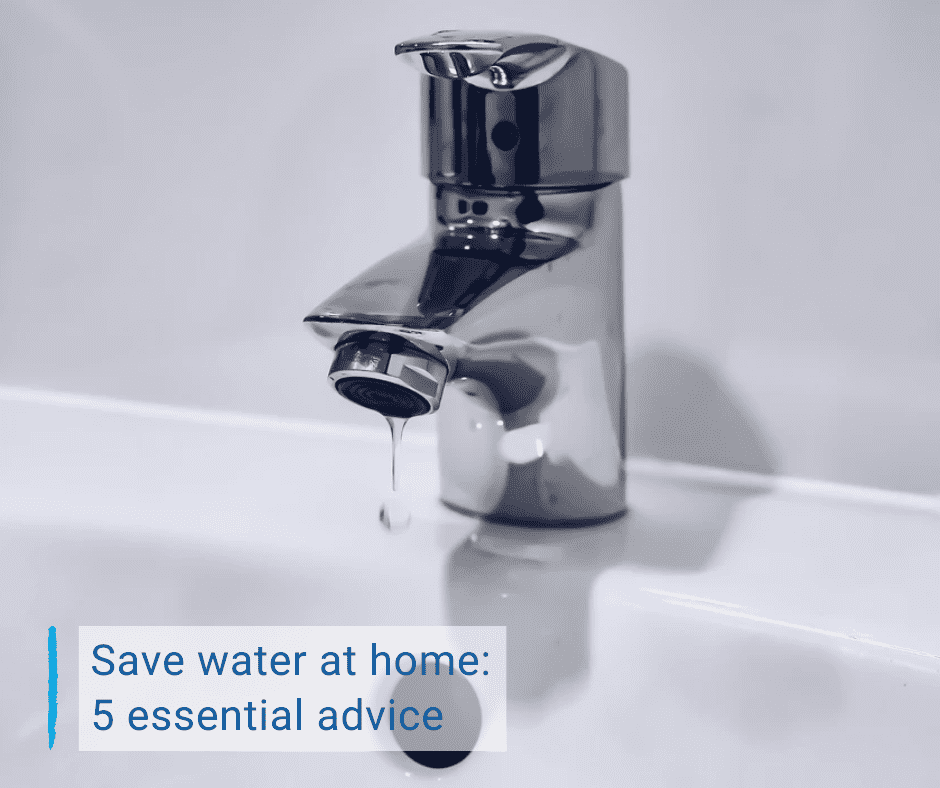On average each person consumes 94 litres of water per day. Even though it is abundant in our country that is not a reason to waste it. We often use more of it than what is necessary. Saving it does more than just preserving the environment, it also reduces your annual bill. In this article you will find easy tips to save water at home.
1. Save water at home by taking a shower rather than a bath
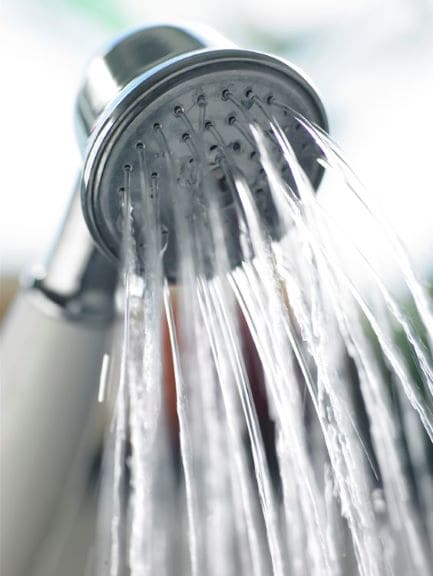
Showering is usually more ecological than bathing, as it takes on average 100 litres to fill up a bath. Nevertheless, if we spend more than 10 minutes showering we start using more than we would if we took a bath. It is for this reason that you should favour a quick shower. It will not only save you water but also energy, as the boiler will have less water to heat up. Taking a shower rather than a bath result saves 160kWh, which corresponds to £40 for normal usage.
2. Use less water when flushing the toilet
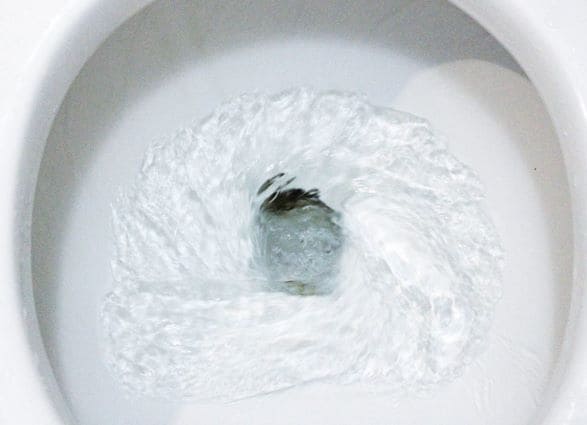
It is not a secret that the toilet is the bathroom fixture that consumes the most water. Change the flush plate to one that features 2 flushing modes to save water. A big flush of 6 litres and a small one of 3 litres is standard and ensures that you are only using as much as you need.
If you can’t change your flush plate, there is a cheap and easy trick that you can use to save water at home. Put in the reservoir one or 2 plastic bottles full of water. This will reduce the reservoir’s capacity, that will fill up less after each flush. Make sure that the reservoir can still fill up with enough to properly flush, as once the volume is set it will affect every flush.
3. Spot and fix leaks
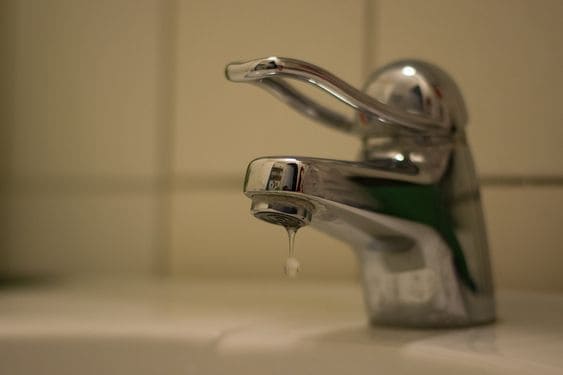
A leaking tap wastes on average 4 litres an hour, which represents a yearly loss of £200. A leaking flush wastes 25 litres an hour which will cost you on average £1,000.
To spot a leak in the house, read the meter before going to bed. Make sure that no equipment is used during the night (dishwasher, washing mashing, etc.). Then, compare both values the next morning. The numbers should only have a slight difference. If there is a big gap, then it means that there is a leak.
4. Save water by using more ecological equipment
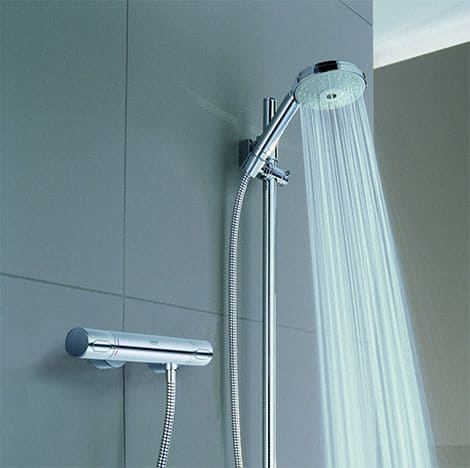
An eco-friendly showerhead offers the same performance as a standard model while using on average only 6 litres per minute, sometimes even less. Grohe created EcoJoy technology which reduces consumption by 50%. That amounts to big savings. If you want too know more about the technology Grohe, check it out here.
For a 10 minutes shower with an eco-friendly showerhead, you will consume 60 litres. With a regular one, it will be between 100 and 150 litres. In a year an ecological showerhead will save about £150.
If you are a homeowner, you could also equip your shower with thermostatic mixer tap. The warm water will arrive more quickly and there will be no need to let the shower on until the right temperature is reached. You can find shower mixer taps for less than £100.
When you buy heavy equipment such as a dishwasher or washing machine, make sure to check the consumption. Most high-end dishwashers use 10 litres per cycle. To maximize your savings make sure to only run them when full.
5. Do not keep the tap on unnecessarily
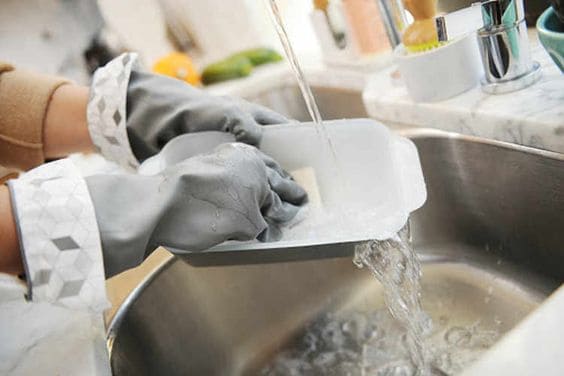
If you wash your dishes by hand, keeping the tap on the whole time will use on average 200 litres each time. It is more ecologically friendly to fill up your sink and wash your dishes from there.
The same principle applies when it comes to brushing your teeth. Close the tap while brushing. Then, use a cup to wash you mouth afterwards to save water at home.
With the shower, you can stop the water when you use the soap. Keep in mind that spending one minute without the shower on, saves you several litres of water.
These were our tips to save water at home. Now we would like to read about your tips in the comment section below!

